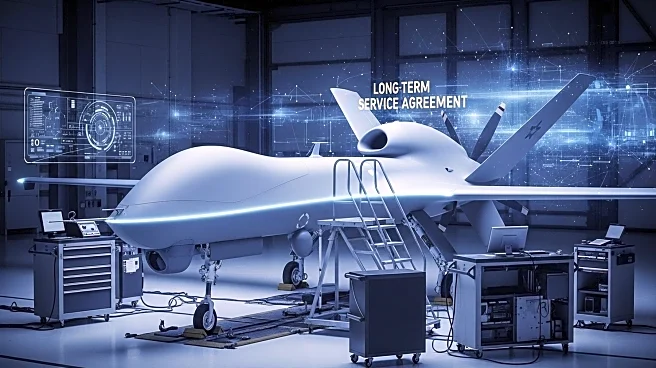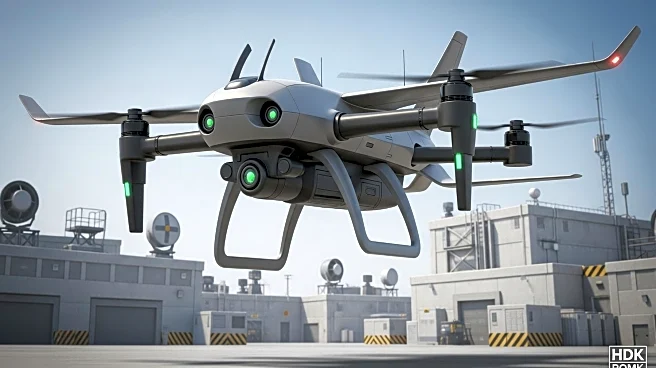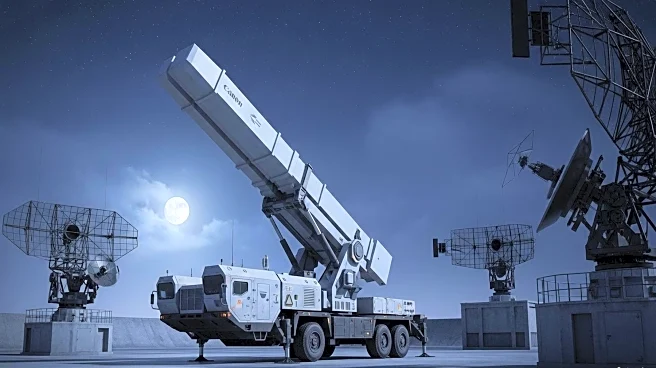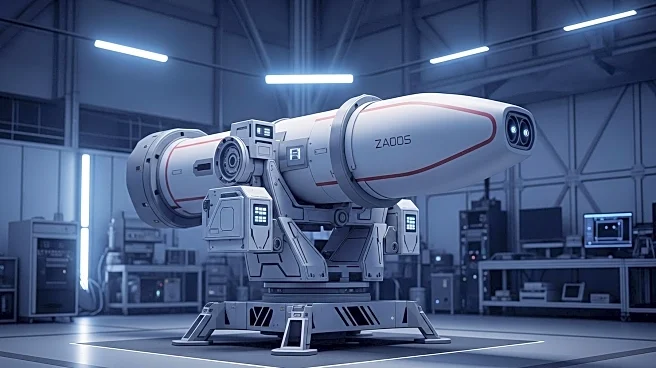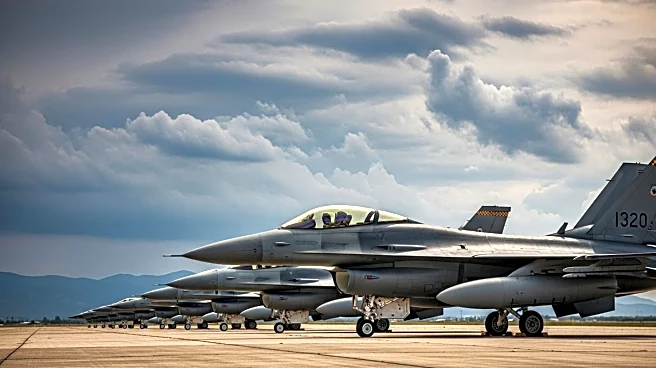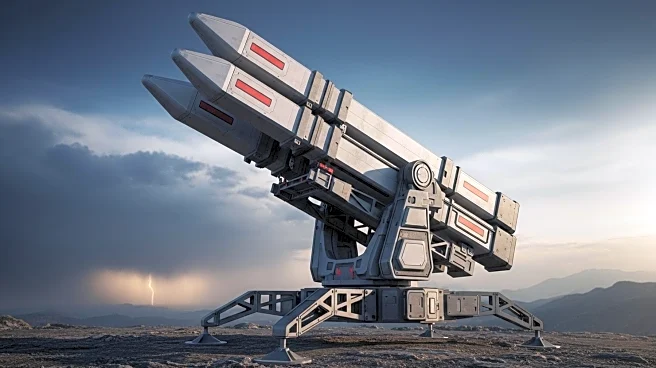What's Happening?
Bombardier Defense and Sierra Nevada Corporation (SNC) have announced a 10-year service agreement for two Bombardier Global 6500 aircraft equipped with SNC's RAPCON-X technology. This agreement was detailed
during the Association of the United States Army (AUSA) annual symposium in Washington, DC. The service agreement includes logistical support such as spare parts, shipping, technical publications, and technical support, along with access to Bombardier's 24/7 Customer Response Centre. The aircraft, operated by SNC under a contractor-owned, contractor-operated (COCO) model, are intended for use by a US military customer. The RAPCON-X technology allows the aircraft to adapt to specific missions by switching onboard equipment to meet tactical needs, including capabilities for signals intelligence (SIGINT), electro-optical (EO) reconnaissance, and ground moving-target signatures.
Why It's Important?
This agreement signifies a strategic enhancement in the operational capabilities of the US military, providing advanced technological support and flexibility in mission-specific adaptations. The integration of RAPCON-X technology into the Bombardier Global 6500 aircraft enhances the military's ability to conduct intelligence and reconnaissance operations effectively. The long-term service agreement ensures sustained support and operational readiness, which is crucial for maintaining national security and defense capabilities. The collaboration between Bombardier Defense and SNC highlights the importance of partnerships in advancing military technology and logistics, potentially influencing future defense contracts and technological developments.
What's Next?
The implementation of this service agreement will likely lead to increased operational efficiency and adaptability for the US military's intelligence and reconnaissance missions. Stakeholders, including military leaders and defense contractors, may closely monitor the performance and outcomes of this agreement to assess its impact on strategic operations. Future developments could include further technological enhancements or expansions of similar agreements to other military platforms, reflecting ongoing efforts to modernize and optimize defense capabilities.
Beyond the Headlines
The agreement underscores the growing trend of utilizing contractor-owned, contractor-operated models in military operations, which can offer cost-effective solutions and flexibility in adapting to evolving mission requirements. This approach may raise discussions on the balance between private sector involvement and traditional military operations, potentially influencing policy decisions regarding defense procurement and operational strategies.
